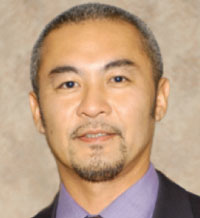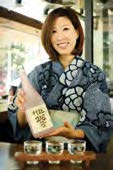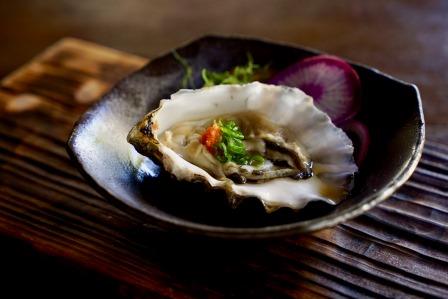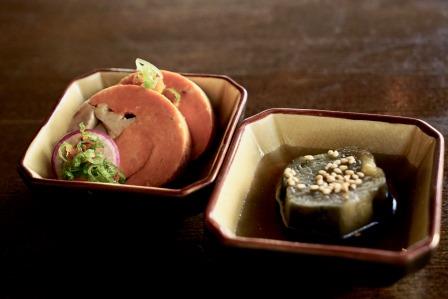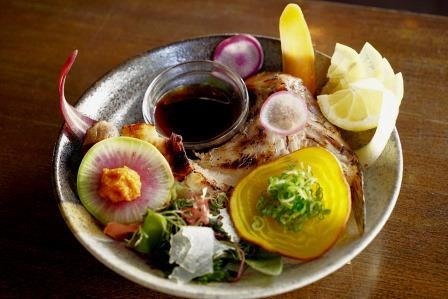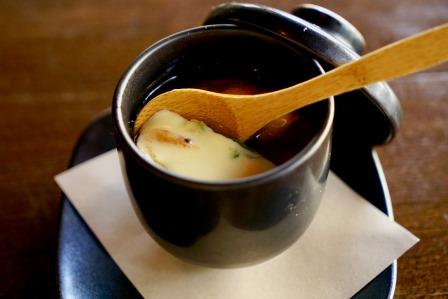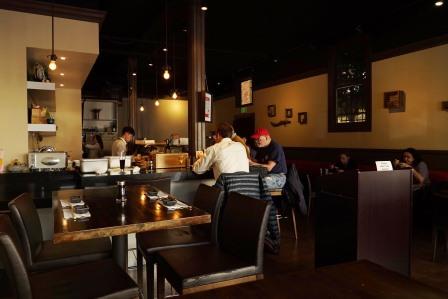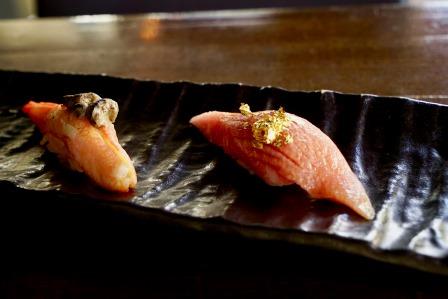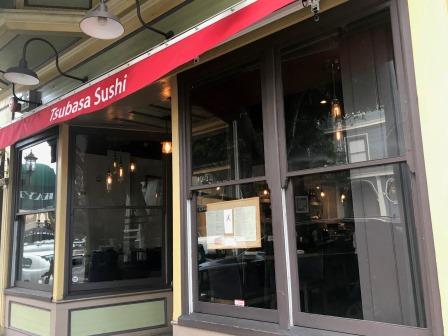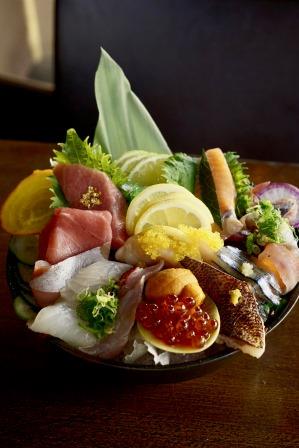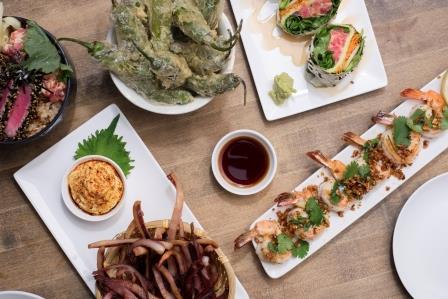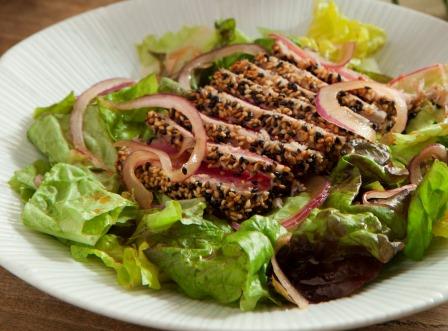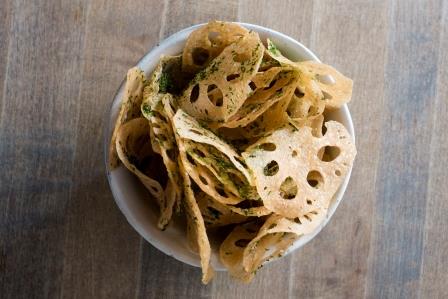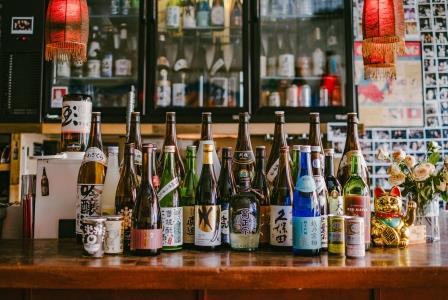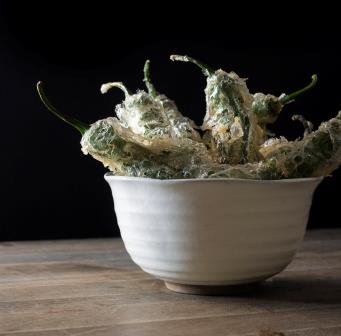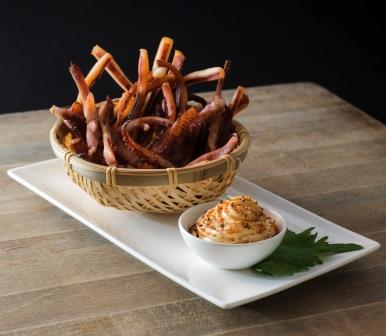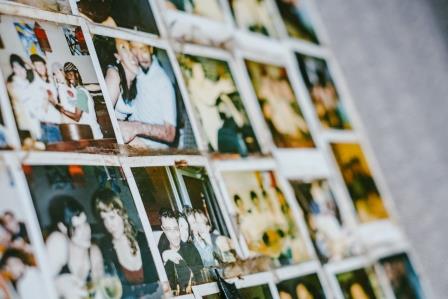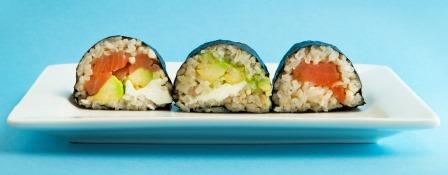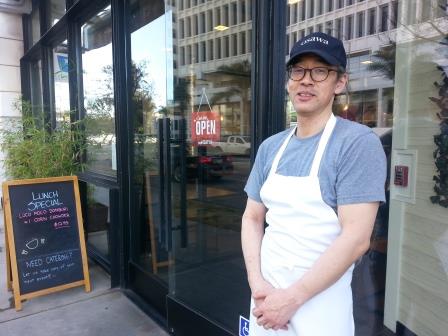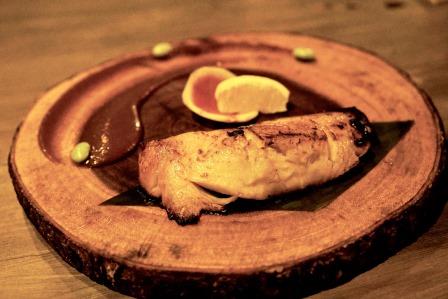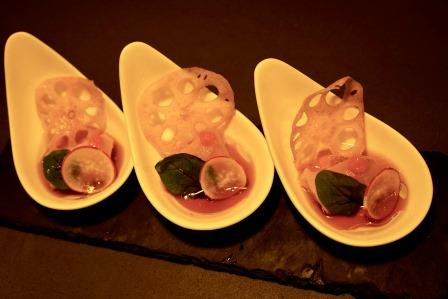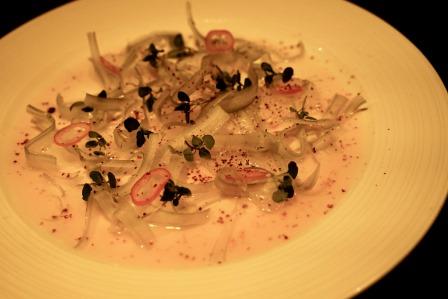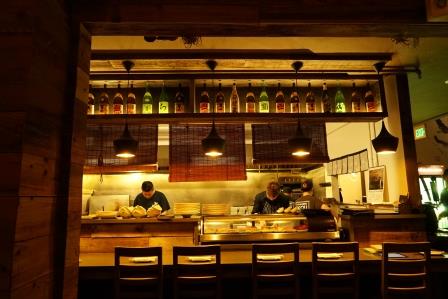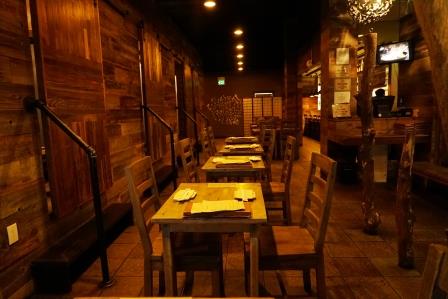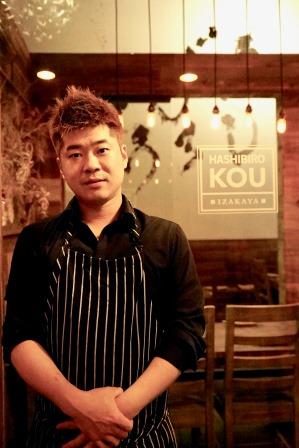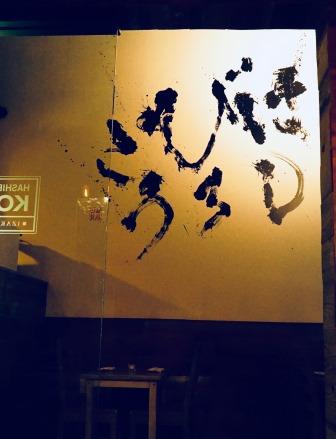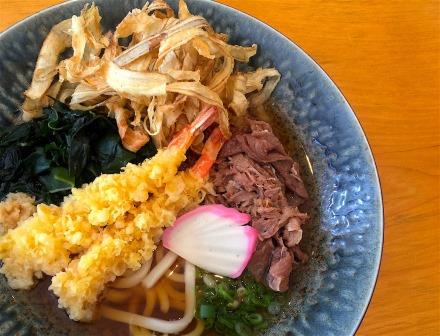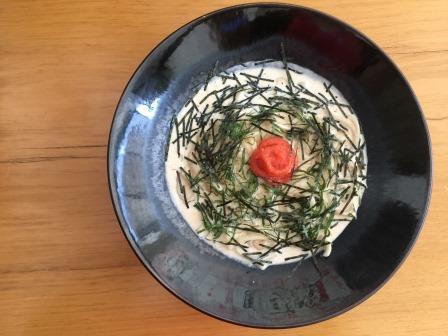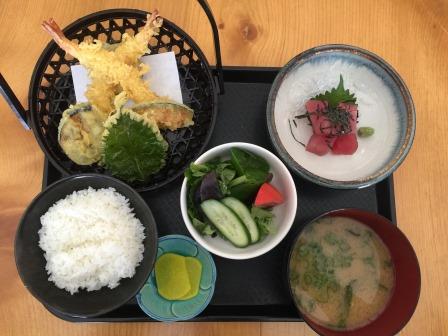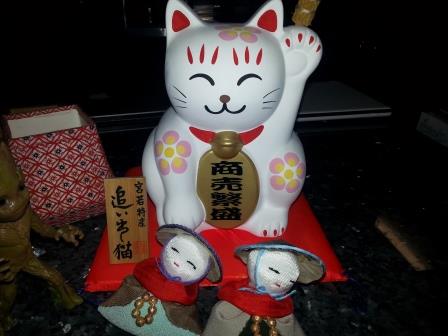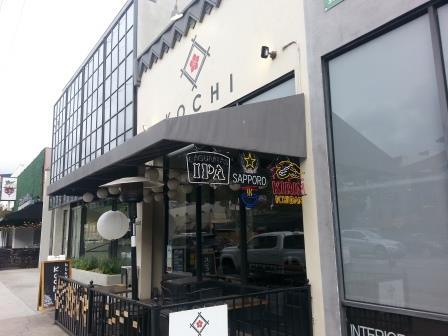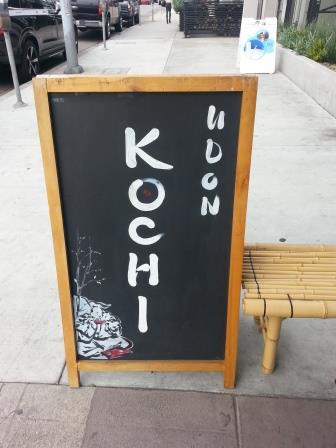“First in the world! Ginjo Sake Sampling Event Held at the United Nations Headquarters: Part 4”
By Kosuke Kuji
In the previous column, we introduced the background that led to the Ginjo sake-sampling event held at the United Nations (UN). To hold the Ginjo sake sampling event at the United Nations headquarters means the invited guests were not local American consumers walking down the streets of New York, but representatives from 193 nations serving as delegates to the United Nations at the United Nations headquarters in New York, where the 193 representatives gathered in one place, which aligned with the Japan Premium Sake Association’s goal to “promote Ginjo sake to the world.”
Association members faced difficulties while planning the Ginjo sake-sampling event held at the United Nations (UN). However, since the Japanese government graciously assumed the role of “joint organizer,” the arrangements were easily made as the association “organized the Ginjo sake sampling event representing Japan.” Further research revealed this Japanese sake sampling event was the “first held in the world” at the United Nations headquarters, organized by the Japan Premium Sake Association literally representing Japan to accomplish this feat.
The association was highly motivated to ensure this event was successful as each member would be wearing the uniform representing Japan, and took many hours to arrange and coordinate with the UN Side in preparation for the day of the event.
The association learned from the number of pre-registered guests that a large crowd of approximately 300 guests was expected to attend. Further, the Secretary-General of the United Nations working at the United Nations headquarters and other administrative employees also expressed interest in attending the event, thus a total of approximately 350 guests were expected to attend.
Although many of the guests from around the world had never tried Japanese sake before, the guests started to understand the appeal of Ginjo sake as the event progressed and became very lively. Although guests rarely stay at these diplomatic parties until the end, nearly 100 guests captivated by the appeal of Ginjo sake remained even after the time passed for the event to end, wanting to listen to the sake brewers speak. The guests reluctant to leave until the very end left a lasting impression with the event organizers.
As representatives of Japan, the organizers made a significant accomplishment by arranging the first Ginjo sake-sampling event at the United Nations headquarters.
「世界初!国連(UN)本部での吟醸酒の会 その4」
前回のコラムでは、国連(UN)での吟醸酒の試飲会が決まった経緯をお話しました。国連本部で試飲会をするということは、招待するお客さんはニューヨークの街を歩いているアメリカ人ということではなく、国連本部に籍を置く、世界193か国の代表団の皆さんをご招待する、ということで、アメリカでの試飲会、というのではなく、場所はたまたまアメリカニューヨークですが、国連本部という場所は世界193か国の方々が一堂に集まる場所でもあり、まさに私たち吟醸酒協会が「世界へ吟醸酒のPR」という考えと合致しました。
では実際に国連(UN)での吟醸酒の試飲会を計画していくと、難しい問題もたくさん出てきました。しかし、日本国政府が「共催」の立場をとってくれていたので、非常に動きやすく、私たちはまさに「日本を代表して酒の会をする」という立場になってきました。さらに調べていくと、国連本部内での日本酒の試飲会は「世界初」で、まさに世界初の事業を日本を代表して行う吟醸酒協会という、何とも大きなお話になってきました。
私たちは日本代表のユニフォームを着てこの事業を行うのだから、絶対に成功させなければいけない、と意気込み、準備にもとても長い時間をかけて、国連側と調整し、やっと当日を迎えることになりました。
事前の申し込みでは世界193か国の代表の皆様300名近くが来るということで、大変な人数が来ることがわかりました。さらに、国連に勤める国連事務総長はじめ、事務方の皆さんも参加したいと、ということで、350名近い参加者になりました。
最初は日本酒を飲んだことが無かった世界の方々も、途中から吟醸酒の素晴らしさを理解して、大いに盛り上がりました。通常こういった外交パーティーは会の終了時間までいる人は少ないそうですが、何と終了時間を過ぎても100人近い方々が吟醸酒の魅力に取りつかれ、蔵元に話を聞きたいと、最後の最後まで帰ろうとしなかったのが印象的でした。
世界初の国連(UN)での吟醸酒試飲会、日本の代表として素晴らしい成果をあげることが出来ました。
In the previous column, we introduced the background that led to the Ginjo sake-sampling event held at the United Nations (UN). To hold the Ginjo sake sampling event at the United Nations headquarters means the invited guests were not local American consumers walking down the streets of New York, but representatives from 193 nations serving as delegates to the United Nations at the United Nations headquarters in New York, where the 193 representatives gathered in one place, which aligned with the Japan Premium Sake Association’s goal to “promote Ginjo sake to the world.”
Association members faced difficulties while planning the Ginjo sake-sampling event held at the United Nations (UN). However, since the Japanese government graciously assumed the role of “joint organizer,” the arrangements were easily made as the association “organized the Ginjo sake sampling event representing Japan.” Further research revealed this Japanese sake sampling event was the “first held in the world” at the United Nations headquarters, organized by the Japan Premium Sake Association literally representing Japan to accomplish this feat.
The association was highly motivated to ensure this event was successful as each member would be wearing the uniform representing Japan, and took many hours to arrange and coordinate with the UN Side in preparation for the day of the event.
The association learned from the number of pre-registered guests that a large crowd of approximately 300 guests was expected to attend. Further, the Secretary-General of the United Nations working at the United Nations headquarters and other administrative employees also expressed interest in attending the event, thus a total of approximately 350 guests were expected to attend.
Although many of the guests from around the world had never tried Japanese sake before, the guests started to understand the appeal of Ginjo sake as the event progressed and became very lively. Although guests rarely stay at these diplomatic parties until the end, nearly 100 guests captivated by the appeal of Ginjo sake remained even after the time passed for the event to end, wanting to listen to the sake brewers speak. The guests reluctant to leave until the very end left a lasting impression with the event organizers.
As representatives of Japan, the organizers made a significant accomplishment by arranging the first Ginjo sake-sampling event at the United Nations headquarters.
「世界初!国連(UN)本部での吟醸酒の会 その4」
前回のコラムでは、国連(UN)での吟醸酒の試飲会が決まった経緯をお話しました。国連本部で試飲会をするということは、招待するお客さんはニューヨークの街を歩いているアメリカ人ということではなく、国連本部に籍を置く、世界193か国の代表団の皆さんをご招待する、ということで、アメリカでの試飲会、というのではなく、場所はたまたまアメリカニューヨークですが、国連本部という場所は世界193か国の方々が一堂に集まる場所でもあり、まさに私たち吟醸酒協会が「世界へ吟醸酒のPR」という考えと合致しました。
では実際に国連(UN)での吟醸酒の試飲会を計画していくと、難しい問題もたくさん出てきました。しかし、日本国政府が「共催」の立場をとってくれていたので、非常に動きやすく、私たちはまさに「日本を代表して酒の会をする」という立場になってきました。さらに調べていくと、国連本部内での日本酒の試飲会は「世界初」で、まさに世界初の事業を日本を代表して行う吟醸酒協会という、何とも大きなお話になってきました。
私たちは日本代表のユニフォームを着てこの事業を行うのだから、絶対に成功させなければいけない、と意気込み、準備にもとても長い時間をかけて、国連側と調整し、やっと当日を迎えることになりました。
事前の申し込みでは世界193か国の代表の皆様300名近くが来るということで、大変な人数が来ることがわかりました。さらに、国連に勤める国連事務総長はじめ、事務方の皆さんも参加したいと、ということで、350名近い参加者になりました。
最初は日本酒を飲んだことが無かった世界の方々も、途中から吟醸酒の素晴らしさを理解して、大いに盛り上がりました。通常こういった外交パーティーは会の終了時間までいる人は少ないそうですが、何と終了時間を過ぎても100人近い方々が吟醸酒の魅力に取りつかれ、蔵元に話を聞きたいと、最後の最後まで帰ろうとしなかったのが印象的でした。
世界初の国連(UN)での吟醸酒試飲会、日本の代表として素晴らしい成果をあげることが出来ました。

